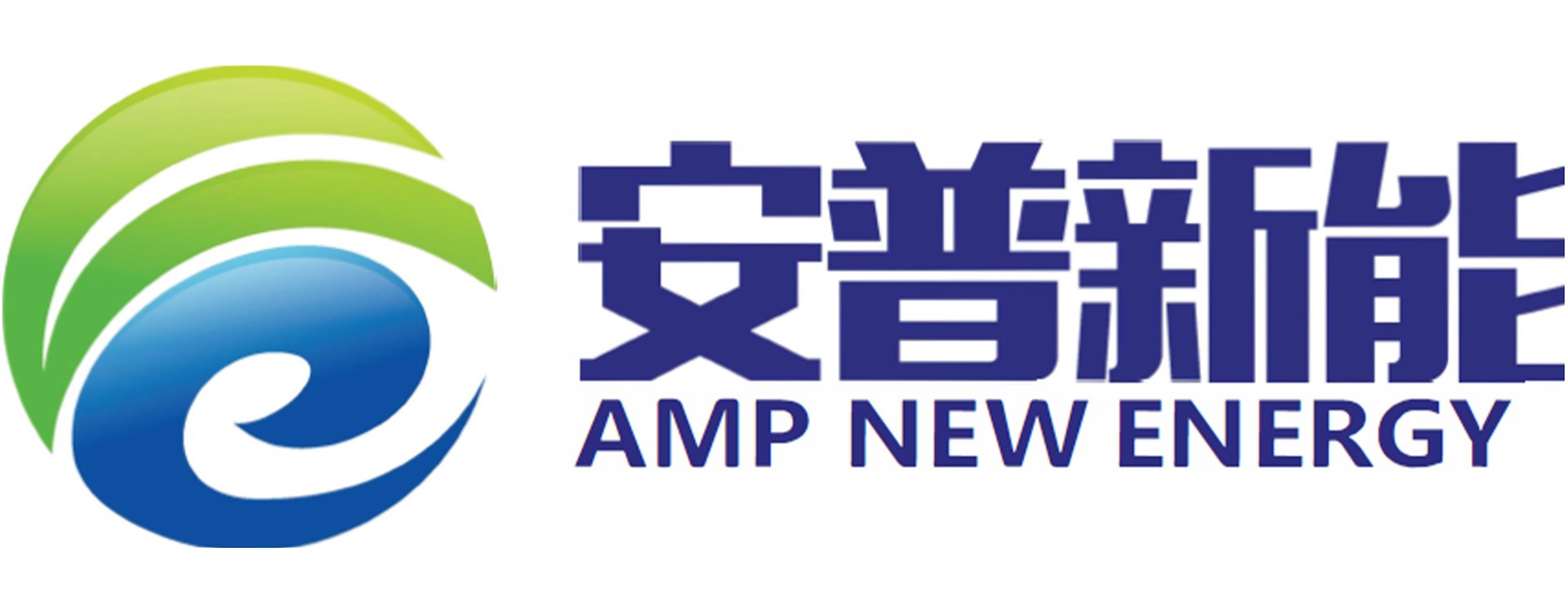Semi solid state battery: The Future of Energy Storage
A semi solid state battery represents a breakthrough in battery technology by merging the features of both solid and liquid electrolytes. This innovation is primarily aimed at enhancing lithium-ion batteries, boasting high ionic conductivity within the electrolyte. Among cutting-edge battery technologies, semi solid state batteries stand out due to their high energy density, increased safety, extended lifespan, and minimal environmental impact, positioning them as a leading contender in advanced energy storage solutions.
Types of Semi Solid State Batteries
Semi solid state batteries can be categorized into three main types: gel polymer type, clay type, and liquid additive type.
Gel Polymer Type Semi Solid State Battery
This variant is a flexible battery utilizing a gel electrolyte. It showcases impressive bending resistance and rapid charging capabilities, making it ideal for card-sized and wearable devices.
Clay Type Semi Solid State Battery
This type takes inspiration from clay, with electrolytes integrated into the electrode. It features an extended service life and reduced risks of liquid leaks and fires, rendering it suitable for solar power generation and automotive applications.
Liquid Filled Type Semi Solid State Battery
This battery is constructed from ceramic, with electrolyte minimally absorbed inside. It offers excellent thermal stability and is viable for high-temperature applications, such as the Internet of Things, industrial equipment, and automotive interiors.
Electrolytes in Lithium-Ion Batteries
Batteries, including semi solid state batteries, charge and discharge as ions move between the positive and negative electrodes. In traditional lithium-ion batteries, where the electrolyte path is crucial, the use of flammable liquid electrolytes has prompted the development of safer alternatives, such as all solid state and semi solid state batteries.
Comparing Other Battery Technologies
Lithium Iron Phosphate Battery
This battery uses iron phosphate (LiFePO4) in its positive electrode, offering cost-effectiveness and thermal stability. With a lengthy lifespan and many charge cycles, these batteries have a reduced environmental impact due to the non-use of rare metals.
Ternary Lithium-Ion Battery
These batteries incorporate ternary compounds like nickel cobalt manganese (NCM) or nickel cobalt aluminum (NCA) in the positive electrode. Despite high energy density and performance at low temperatures, they involve expensive rare metals like cobalt, increasing risks of thermal runaway and ignition.
Conclusion
Semi solid state battery technology is a promising frontier in advancing energy storage applications. Given its remarkable advantages over existing solutions, such as lithium iron phosphate and ternary lithium-ion batteries, it is a forward-looking choice for safer, efficient, and environmentally friendly power systems.

